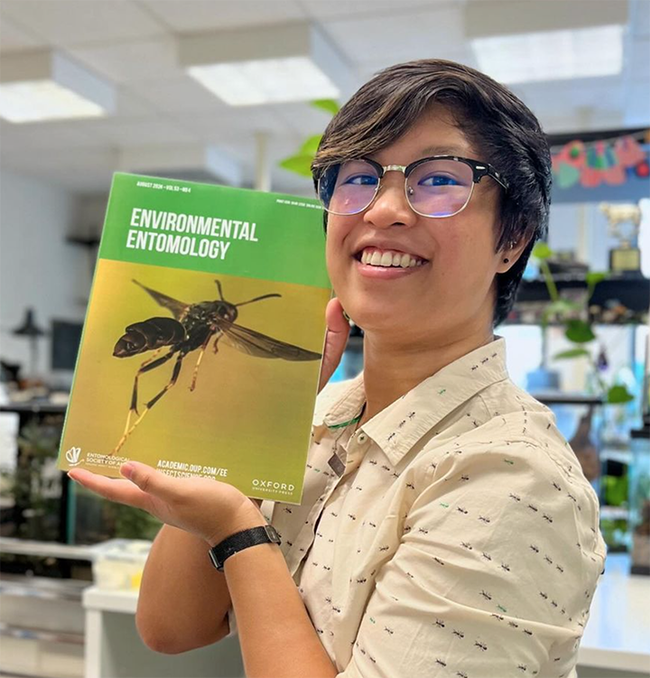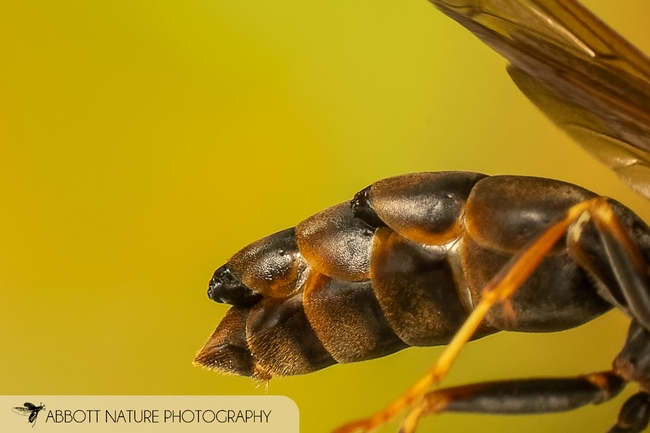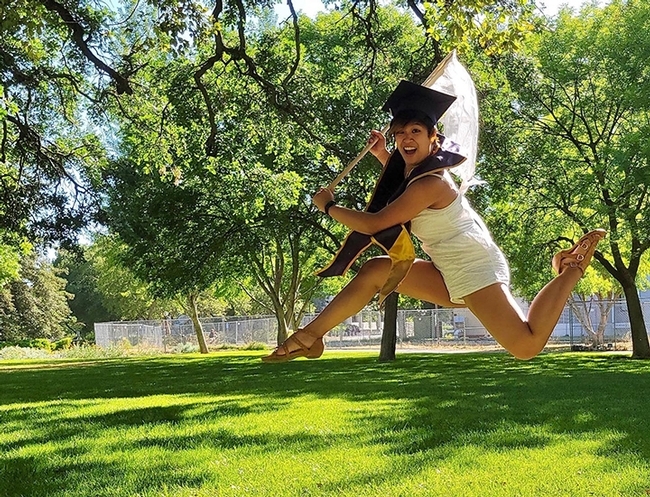Posts Tagged: innovation
A Tiger and a Tithonia
When a tiger meets a Tithonia, or a Tithonia meets a tiger, Nature bursts forth in all its glory. Such was the case when we spotted a Western tiger swallowtail, Papilio rutulus, foraging for nectar on a Mexican sunflower,...

A Western tiger swallowtail lands on a Mexican sunflower and begins to nectar. (Photo by Kathy Keatley Garvey)

The Western tiger swallowtail decides that "leaving" is good. (Photo by Kathy Keatley Garvey)

The "tiger" begins to make a quick exit. (Photo by Kathy Keatley Garvey)

Tail up, and off it goes, the Western tiger swallowtail caught in flight. (Photo by Kathy Keatley Garvey)
Gulf Frit and Tithonia: Showstoppers
The Gulf Fritillary, Agraulis vanillae, and the Mexican sunflower, Tithonia rotundifola, seem made for one another. Both are a showy orange. Both are show-stoppers. And both attract a photographer's eye. Especially when a Gulf Frit flutters...

A Gulf Fritillary, Agraulis vanillae, fluttering over a Mexican sunflower, Tithonia rotundifola. (Photo by Kathy Keatley Garvey)
Congrats, Professor Howard Ferris, Nematologist Extraordinaire
There aren't that many nematologists who can say their career spans 64 years. UC Davis Distinguished Professor Emeritus Howard Ferris can. Internationally recognized for his “exceptional, wide-ranging and unparalleled...

Nematologist Howard Ferris traveled to Culiacan. Mexico in December 2015 to present a short course on nematode ecology

Nematologist Howard Ferris (foreground) giving a short course on nematode ecology and soil health at the Universidad Nacional de Costa Rica in 2015.

This is the Nemaplex website that nematologist Howard Ferris launched and maintains. (Screen shot)
RJ Millena: from Entomology-Focused Kindergartener to Scoring Cover of Journal With Her Research
Remember Rebecca Jean "RJ" Millena? She's the little Concord, Calif., kindergarten student who declared--on the very first day of class-- "When I grow up, I want to be an entomologist!" And she did. RJ received her bachelor's degree in...

RJ Millena, a doctoral candidate of comparative biology in the lab of Professor Jessica Ware, American Museum of Natural History (AMNH) holds a copy of the journal "Environmental Entomology." Her research is the cover story. (Photo by UC Davis alumnus Lohit Garikipati, now a doctoral student at AMNH)

This image shows a twisted-wing insect (Xenos peckii) male pupae in dark paper wasp (Polistes fuscatus) (Abbott Nature Photography)

This image of UC Davis entomology graduate RJ Millena shows her jumping for joy while wielding an insect net. (Photo taken in 2021 by Kaylee Fagan)
Just Dropping by to Say 'Hello'
A praying mantis, Stagmomantis limbata, stretches beneath a Mexican sunflower, Tithonia rotundifola, in a Vacaville garden. Ms. Mantis: (Startled to see she is not alone) "Well, hello, there! How are ya? I'm just dropping by to say...

A praying mantis, Stagmomantis limbata, stretches beneath a Mexican sunflower, Tithonia rotundifola, in a Vacaville garden. (Photo by Kathy Keatley Garvey)
